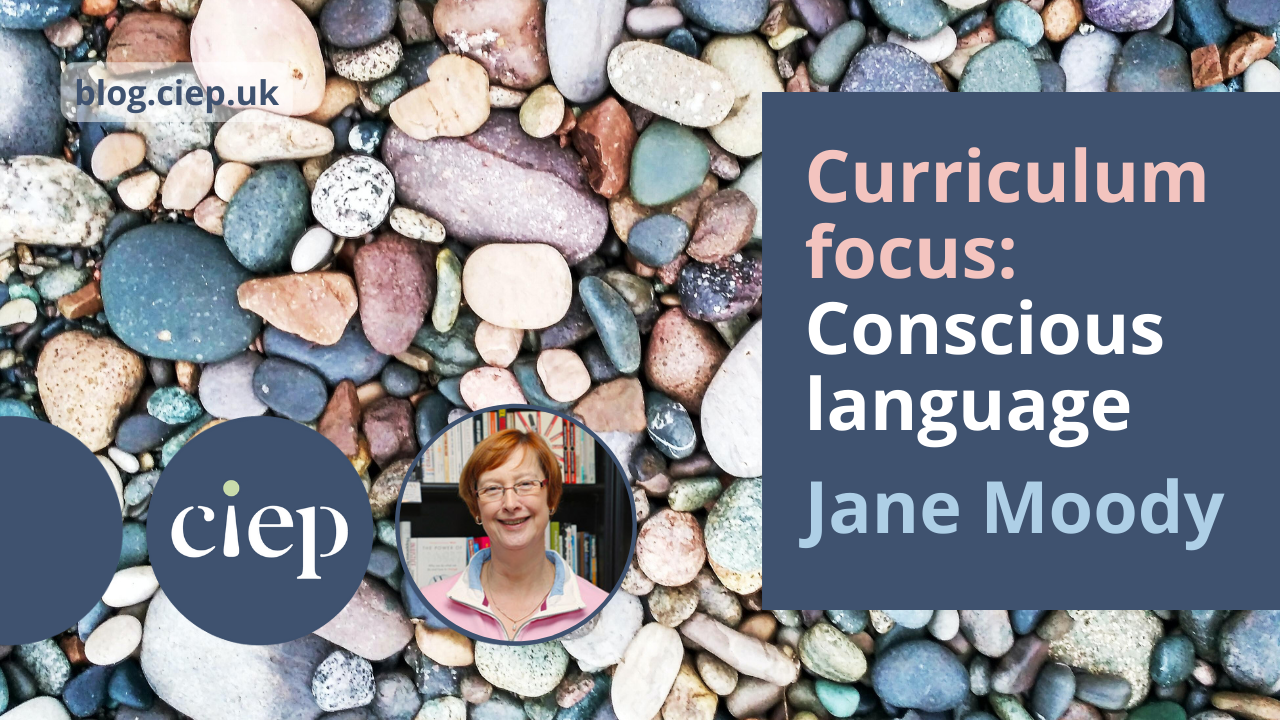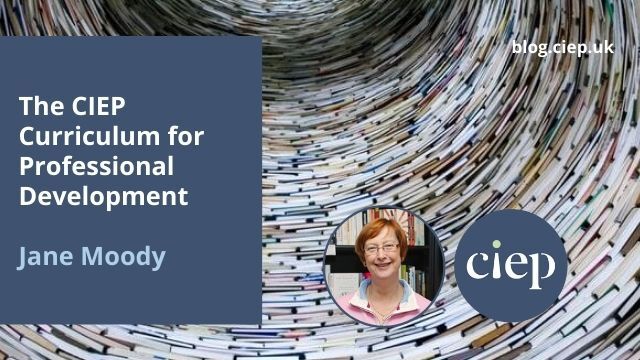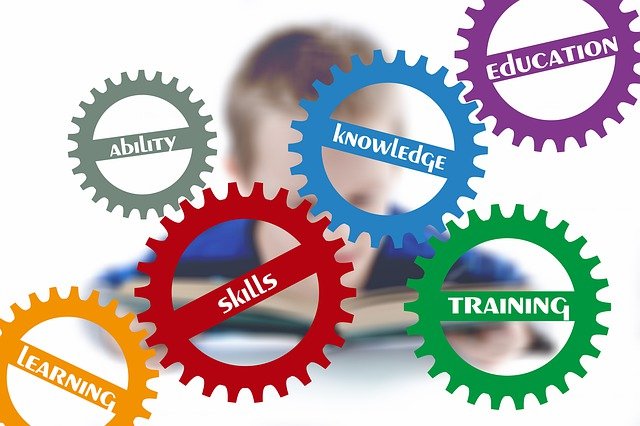In a new regular feature for The Edit, former training director Jane Moody shines a light on an area of the CIEP’s Curriculum for professional development.
Being aware of the language we use is central to all aspects of our profession. The main areas to look at in domain 1: Working as a professional, are in subdomain 1.1: Professional practice and ethics; and also three subdomains of domain 2: Editorial knowledge and practice. This time, I have stripped out the third column, to save space, as there is a large amount of material here, some of which is detailed below.
| Knowledge criteria | Editorial competencies, professional skills and attitudes (extract) |
|---|---|
| 1.1.3 Professional ethics | • Is alert to the impacts of offensive, biased or non-inclusive material |
| 1.1.4 Professional communication and negotiation | • Presents queries concisely and clearly giving adequate detail and proposing solutions where possible • Communicates politely and diplomatically • Avoids errors in grammar, spelling and punctuation in communications |
| 2.1.12 Principles of accessibility | • Understands the importance of accessibility of print and online materials for all users, including people with disabilities |
| 2.2.1 Grammar, punctuation and usage | • Understands and can apply conventions of English grammar and usual practice • Has adequate command of punctuation • Has good command of punctuation, vocabulary and other conventions for the variety of English being edited or proofread • Understands use of common symbols • Has general knowledge of common English usage as appropriate to the relevant media and audience • Understands that language develops and changes over time • Understands the difference between prescriptive and descriptive principles in decisions about usage • Understands appropriate usage for different audiences and arenas |
| 2.2.3 Voice and tone | • Understands reading level, register (degree of formality) and use of terminology appropriate to the type of publication and audience |
| 2.3.2 Judgement of voice | • Understands and respects author’s voice but can assess whether suited to the content and the target/likely audience, and appropriateness for context • Can make changes in keeping with context |
Karen Yin’s Conscious Style Guide could be the place to start your search, for anything you need to know about using language to empower the reader. Conscious language is defined here as ‘language rooted in critical thinking and compassion, used skillfully in a specific context’ (About Conscious Style Guide). Another rich resource is the Conscious Language Guide from Healthline Transform.
The American Medical Association’s Advancing Health Equity: A Guide to Language, Narrative and Concepts is essential reading for medical editors.
Writing with Color produces resources including advice for writers, guides and book recommendations centred on racial, ethnic and religious diversity.
The Diversity Style Guide is ‘a resource to help journalists and other media professionals cover a complex, multicultural world with accuracy, authority and sensitivity’. It includes over 700 terms related to race/ethnicity, disability, immigration, sexuality and gender identity, drugs and alcohol, and geography.
The Plain English for Editors course and the associated CIEP guide Editing into Plain English will give you a good grounding in this specific skill. Other useful resources include the CIEP fact sheets Good editorial relationships and Good practice for author queries, and the CIEP focus papers In a globalised world, should we retain different Englishes? and To whom it may concern.
Inclusive Publishing defines inclusive publishing as ‘the methodology and practice of creating a single, typically commercial publication which can be accessed by everyone irrespective of print disability, using mainstream or specialist assistive technology’. The organisation produces resources to improve the accessibility of digitally published material.
The US Book Industry Study Group (BISG) Guide to Accessible Publishing & Cheat Sheets was published in 2019. You can download it for free, although you do have to provide your details to get the download. The content is geared to the US publishing market, but the general information is relevant in all contexts.
The Accessible Books Consortium produces Accessibility Guidelines for Self-Publishing Authors, written by Dave Gunn. It offers clear instructions on how to make ebooks more reader-friendly for all users.
About Jane Moody
Jane has worked with books for all her working life (which is rather more years than she cares to admit), having started life as a librarian. She started a freelance editing business while at home with her two children, which she maintained for 15 years before going back into full-time employment as head of publishing for a medical Royal College.
Now retired, she has resurrected her editorial business, but has less time for work these days as she spends much time with her four grandchildren and in her garden.
 About the CIEP
About the CIEP
The Chartered Institute of Editing and Proofreading (CIEP) is a non-profit body promoting excellence in English language editing. We set and demonstrate editorial standards, and we are a community, training hub and support network for editorial professionals – the people who work to make text accurate, clear and fit for purpose.
Find out more about:
Photo credits: pebbles by Il Solyanaya on Pexels.
Posted by Harriet Power, CIEP information commissioning editor.
The views expressed here do not necessarily reflect those of the CIEP.



